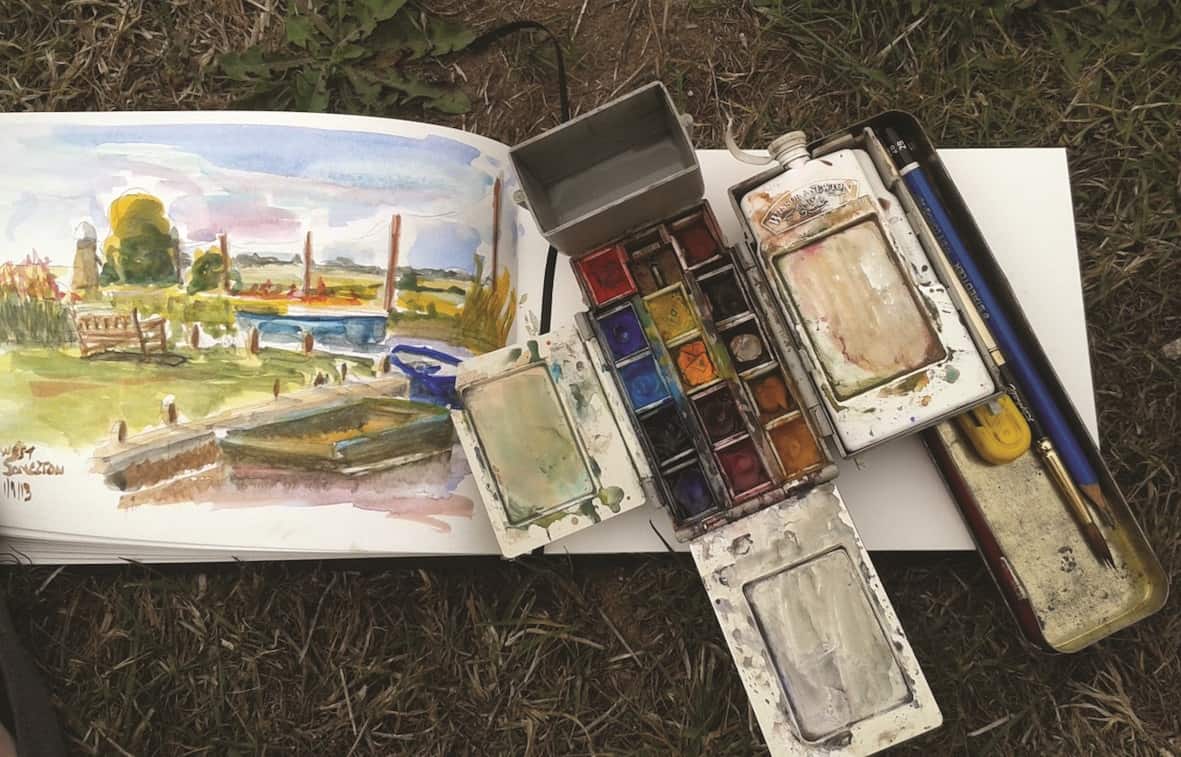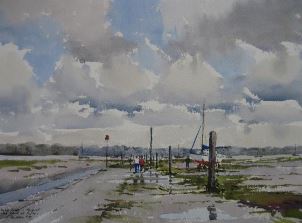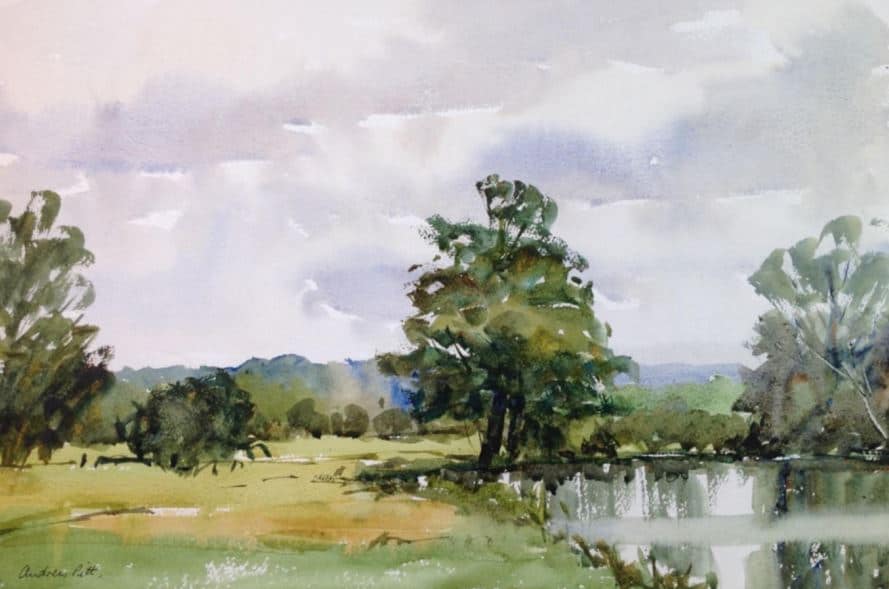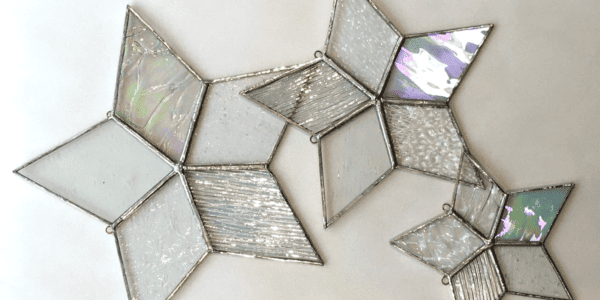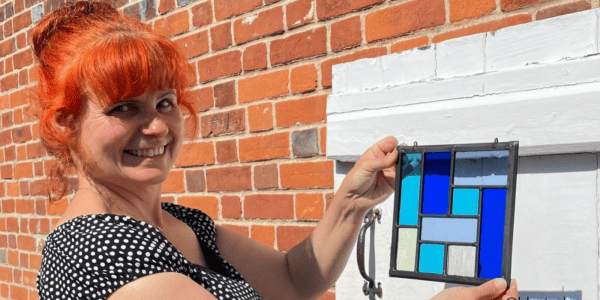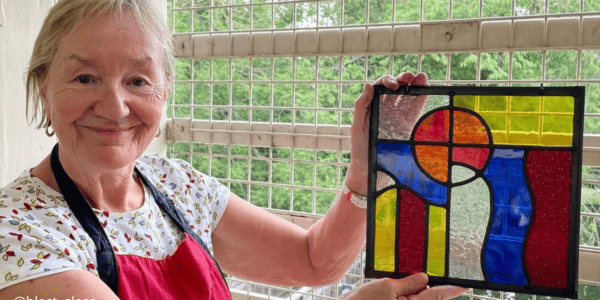This weekend course is for anyone who has attended a beginners’ course, or painted with watercolours before, and feels in need of new inspiration to be able to make further progress. Tuition will be through a mixture of demonstrations and individual guidance, according to your prior experience.
Tutor: Andrew Pitt
Andrew Pitt has been painting landscapes since he was eleven. He has had over twenty one-man exhibitions and has been teaching and demonstrating painting techniques for over 40 years. Andrew is particularly well known for his simple, direct teaching methods and the clarity of his explanations. He has contributed many articles to The Leisure Painter magazine and has made an instruction DVD for Town House Films. He exhibits at The Serena Hall Gallery in Southwold. In his teaching he not only shows students how to paint but, more importantly, he clearly explains what he is doing and thinking as he demonstrates.
What's Included
-

Expert Tuition
-

Free Wi-Fi
-

Full Board Accommodation
-

Hot and Cold Drinks
-

Picnic Lunch

